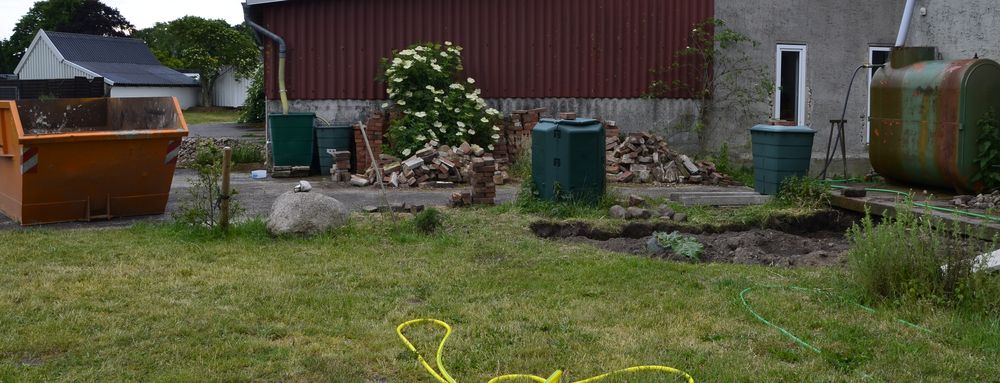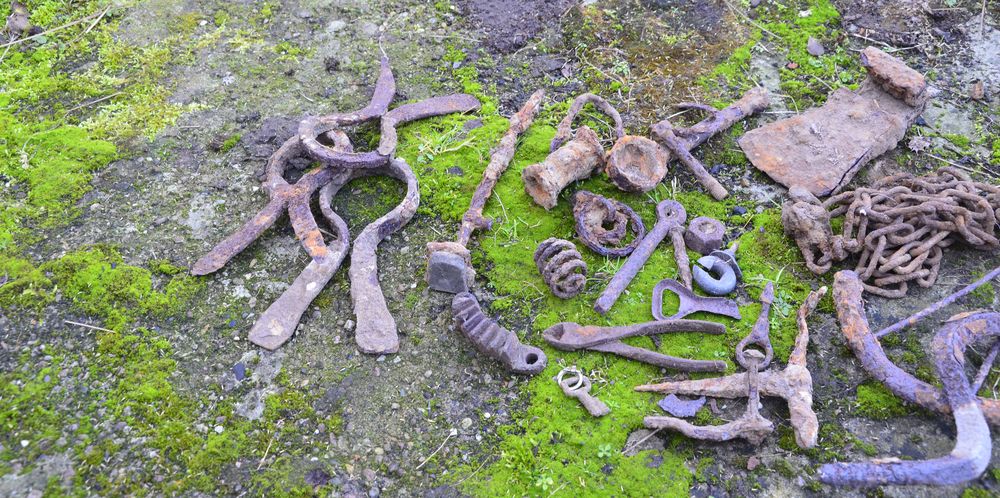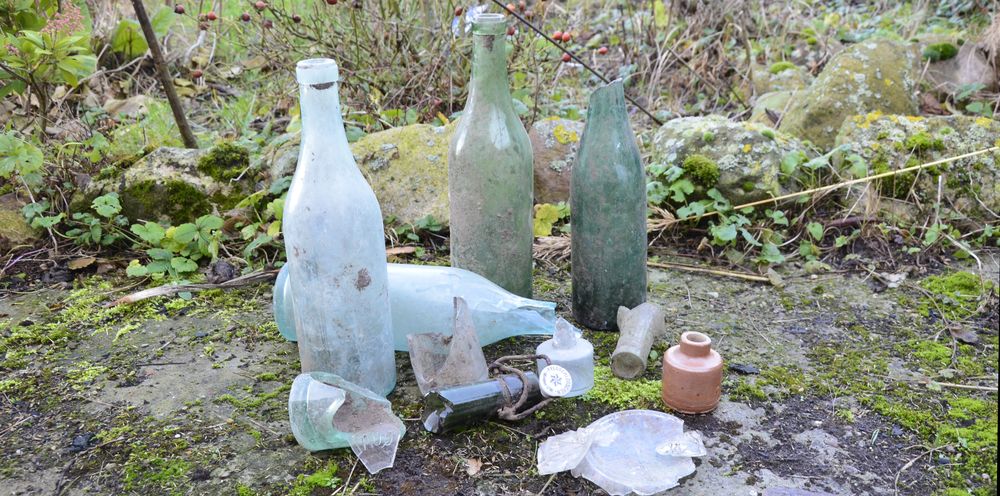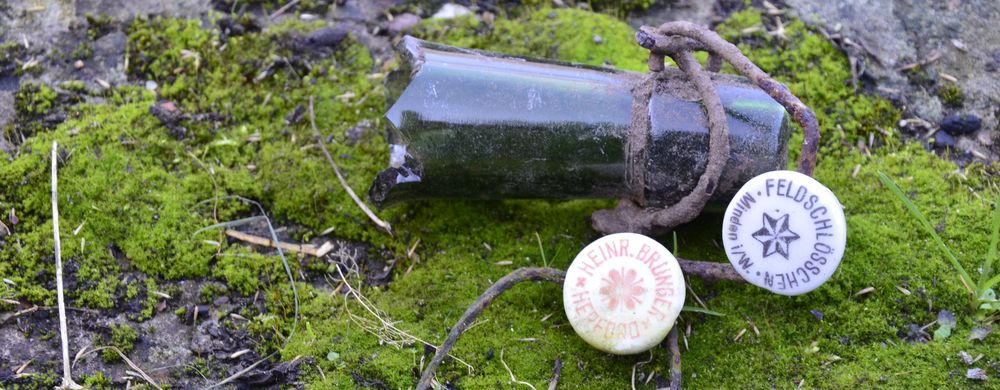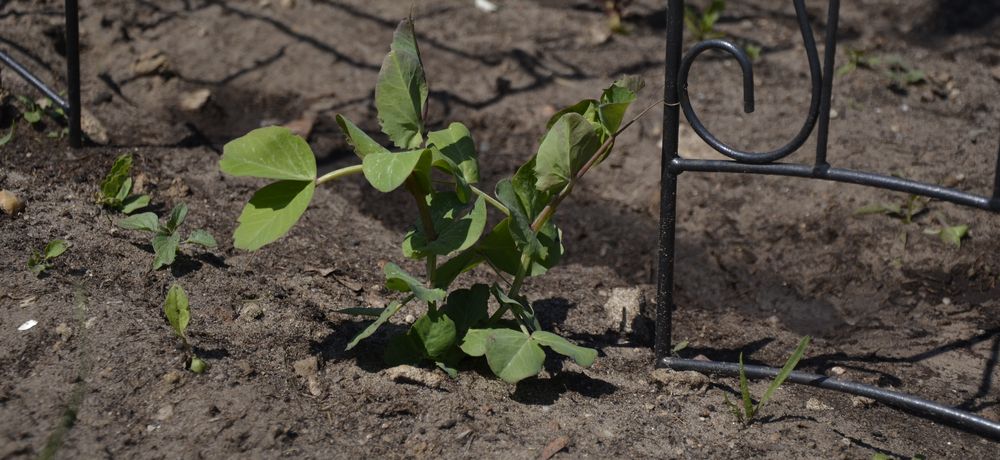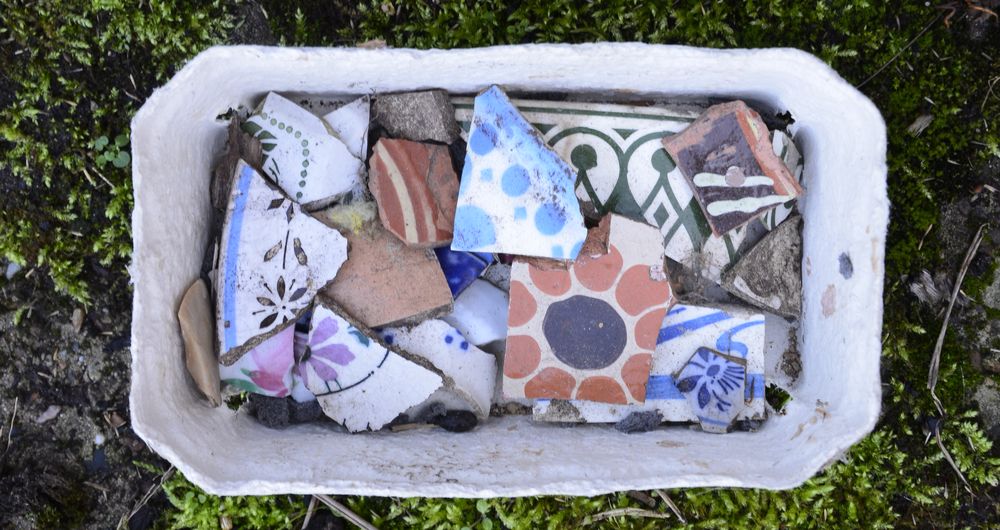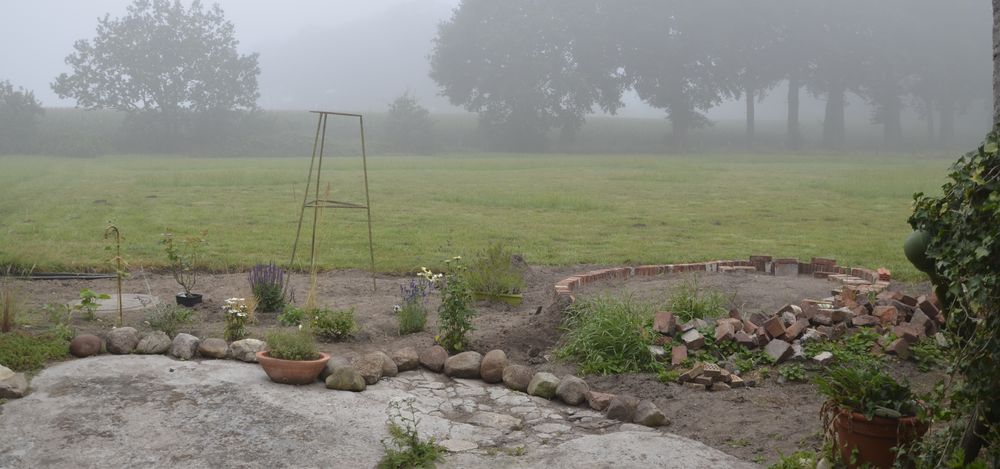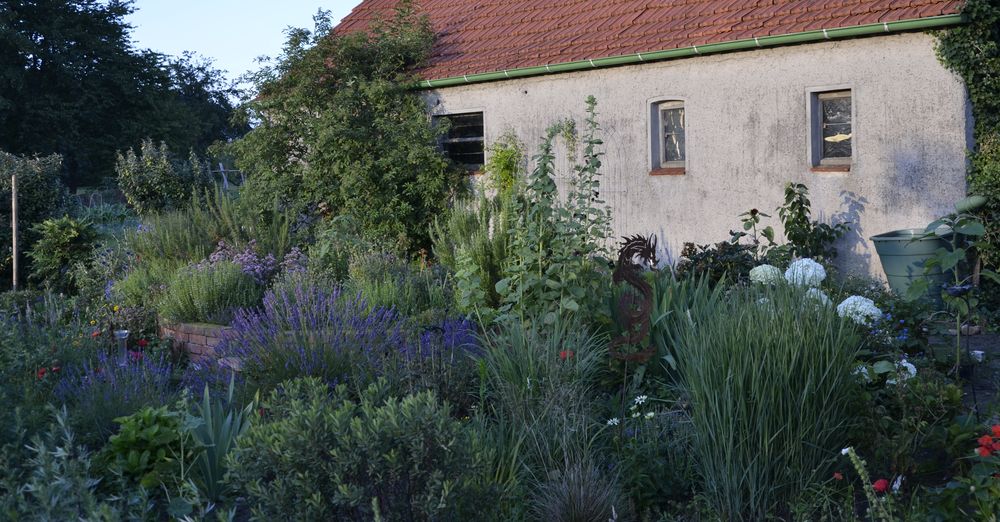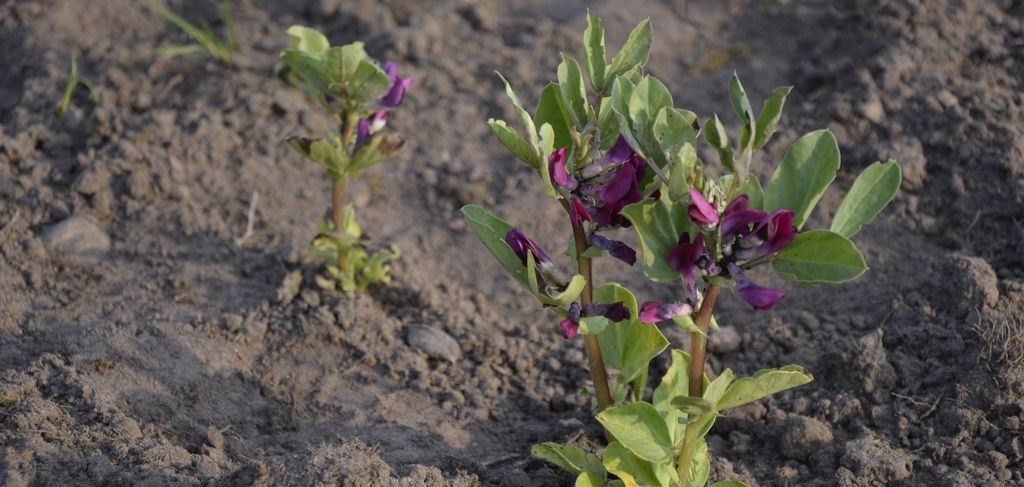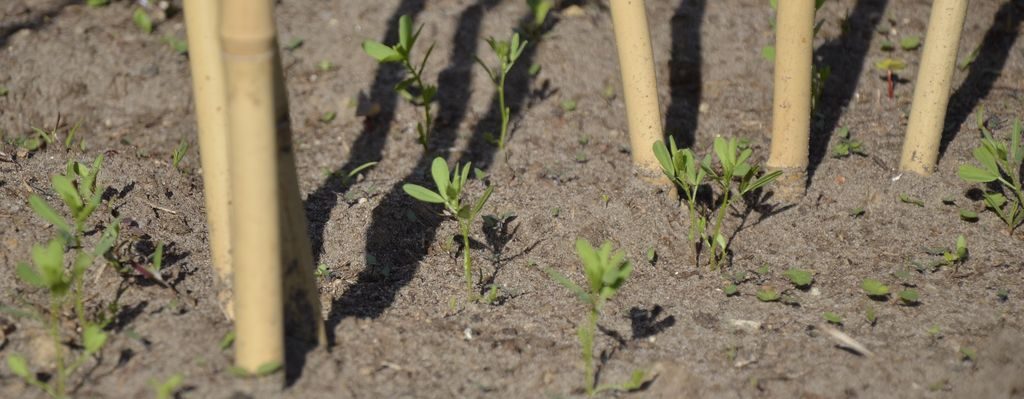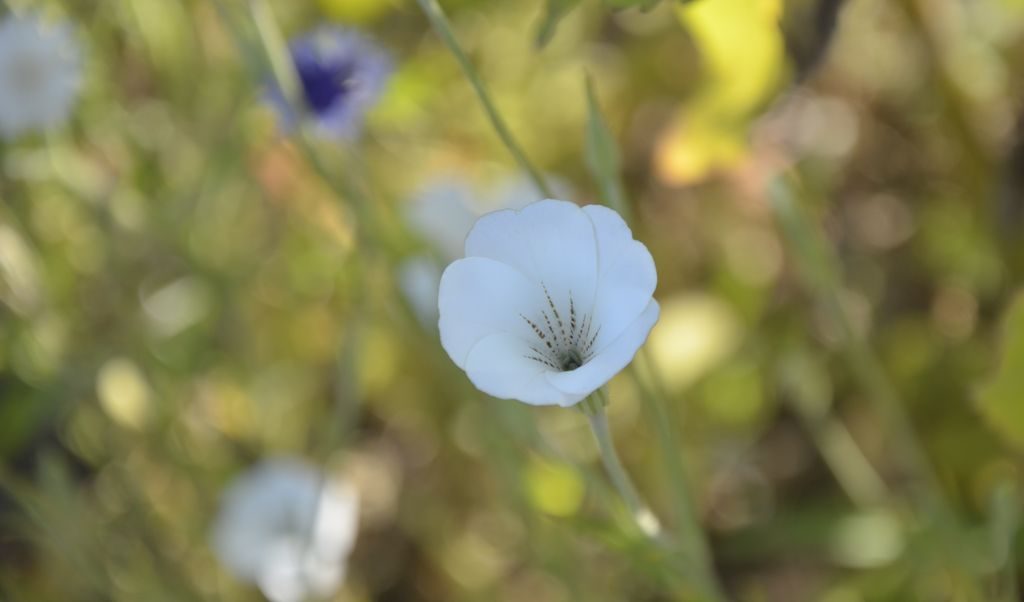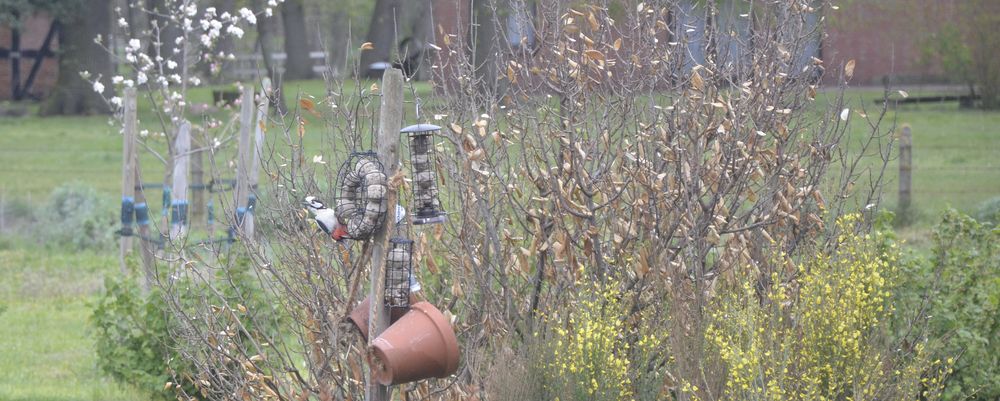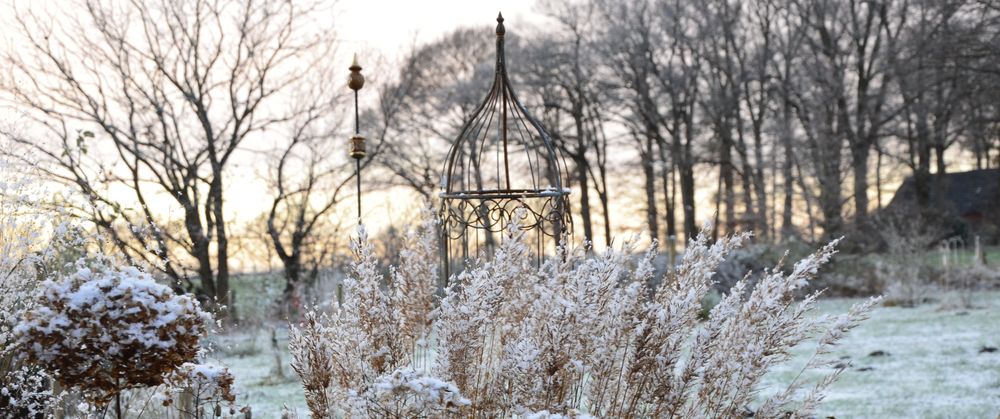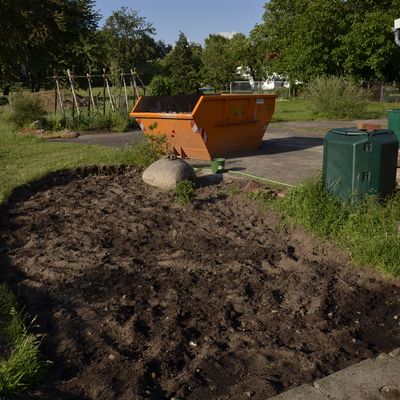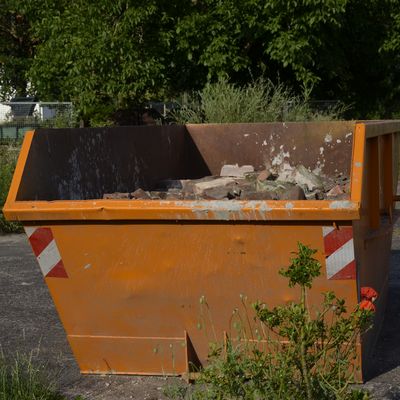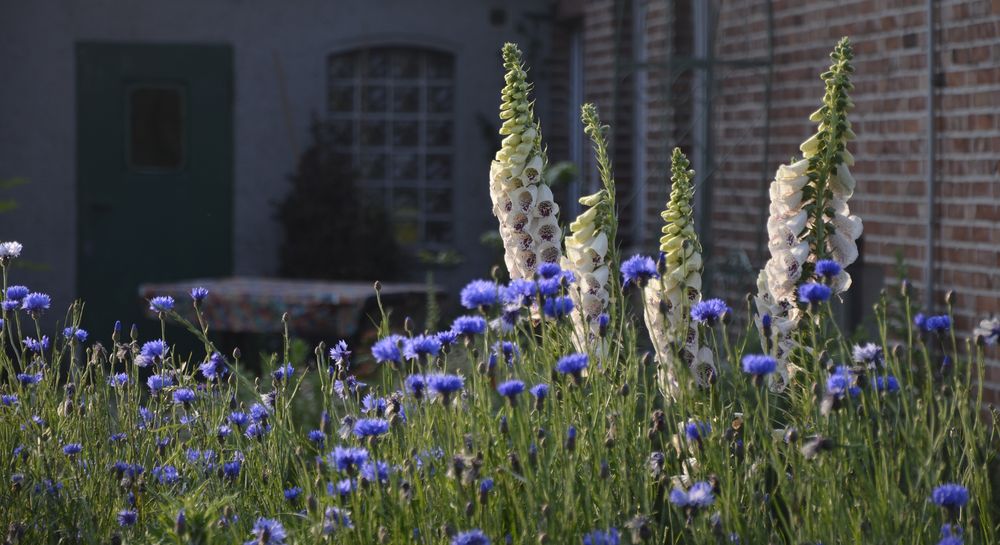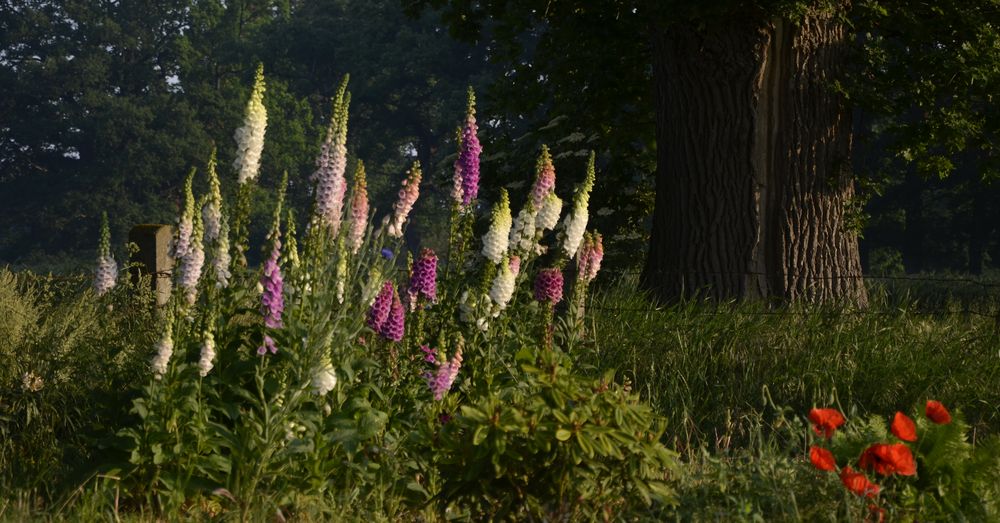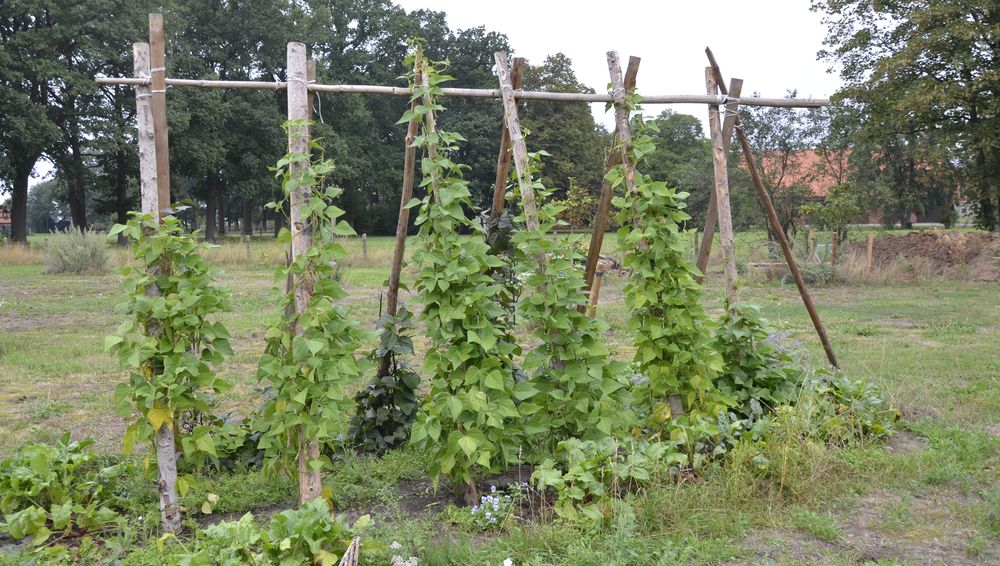Die Quitte gehört zu den alten Damen unter unseren Obstgehölzen. Bekannt war sie schon in der Antike. In Griechenland war sie um 600 v. Chr. fester Teil der Hochzeitszeremonie: die Braut musste vor der Hochzeitsnacht einen Bissen Quitte nehmen – das versprach einen frischen Atem.
In der Antike hat man es mit Bezeichnungen nicht ganz so genau genommen. Viele Früchte wurden als „Apfel“ bezeichnet. Heute nimmt man an, dass sowohl der Apfel den Paris der Aphrodite schenkte – wodurch die arme Frucht am Entstehen des Trojanischen Krieges beteiligt war – als auch die Goldenen Äpfel der Hesperiden“ am Ende eigentlich Quitten waren.
Letztlich liegen zwischen der Quitte und dem Apfel auch keine Welten – botanisch gesehen. Sie sind, wenn man so will Cousins. Beide gehören in die große Familie der Rosengewächse und innerhalb dieser Familie zu den Kernobstgewächsen, die typischerweise eine Apfelfrucht ausbilden: ein Kerngehäuse ist von Fruchtfleisch umgeben.

In unserem Garten stehen mittlerweile eine stattliche Zahl von Quittenbäumen. Die Blüten der Quitte sind selbstfruchtbar, man erhält allerdings bessere Erträge, wenn verschiedene Sorten in räumlicher Nähe stehen. Das war für uns jedoch nur ein Nebeneffekt. Die Bäume gedeihen gut auf unserer Fläche, sie schenken uns leckere Früchte und ihre Blüten halten Pollen und Nektar bereit für viele Sorten von Bestäubern. Die Bäume fühlen sich wohl in luftfeuchter Lage, auf einem warmen, tiefgründigen, lockeren Lehmboden mit wenig Kalk. Wir haben zwar hier eher sandigen Boden, aber die übrigen Standortfaktoren passen gut. Sie sind ein klein wenig wärmeliebend und manche Sorten werden als frostempfindlich beschrieben. Ihre Wurzeln streichen recht flach und extrem weit. So können sie in einem großen Einzugsgebiet Wasser aufnehmen. Dort, wo die Wurzeln liegen, sollte nicht mit der Hacke gearbeitet werden. Die ursprüngliche Heimat der Quittenbäume ist die Region Turkestan-Transkaukasien. Groß werden sie nicht: mit 6 Metern Höhe sind sie zufrieden, aber alt können sie werden, 100 Jahre sind drin für einen Quittenbaum.
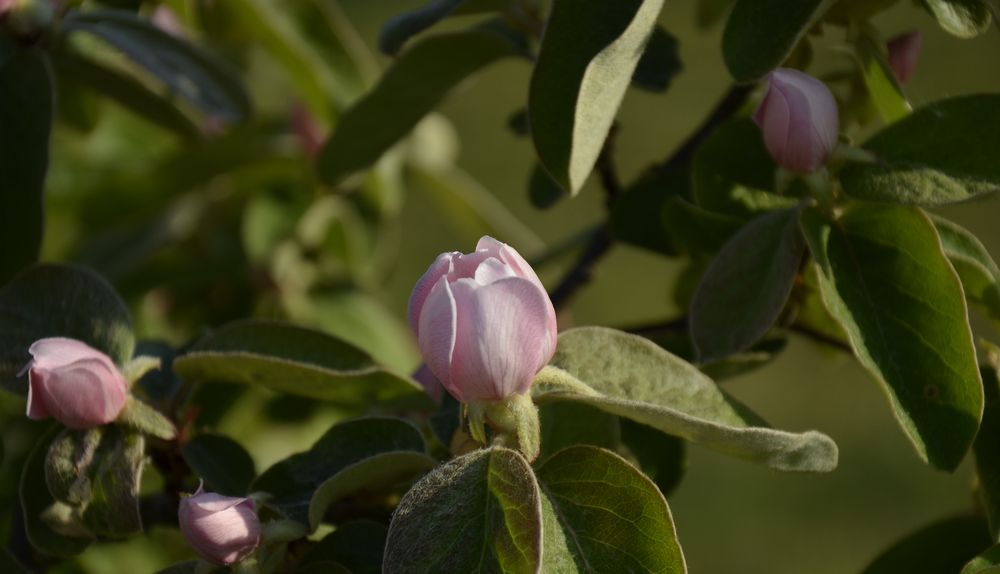
Die Blüten sind groß und weiß, in der Knospe oft noch mit einem Hauch rosa. Sie öffnen sich im Mai bis Anfang Juni, also in den allermeisten Jahren nach den letzte Spätfrösten. Je nach Sorte reifen die Früchte ab Oktober, frühe Sorten auch schon im September. Es gibt Früchte, die eher eine Form wie ein Apfel haben, andere sehen eher birnenförmig aus – und manche Sorten kriegen beide Formen hin auf ein und demselben Baum.

Wir sind ausgesprochene Fans der Sorte „Konstantinopler Apfelquitte“. Es sind robuste Bäume, die Früchte sind aromatisch und eine einzelne Quitte bringt es gut und gerne auf 400 Gramm. Der Baum wächst mittelstark, ist sehr widerstandsfähig und frosthart. Wir haben sie als völlig unproblematisch kennengelernt.
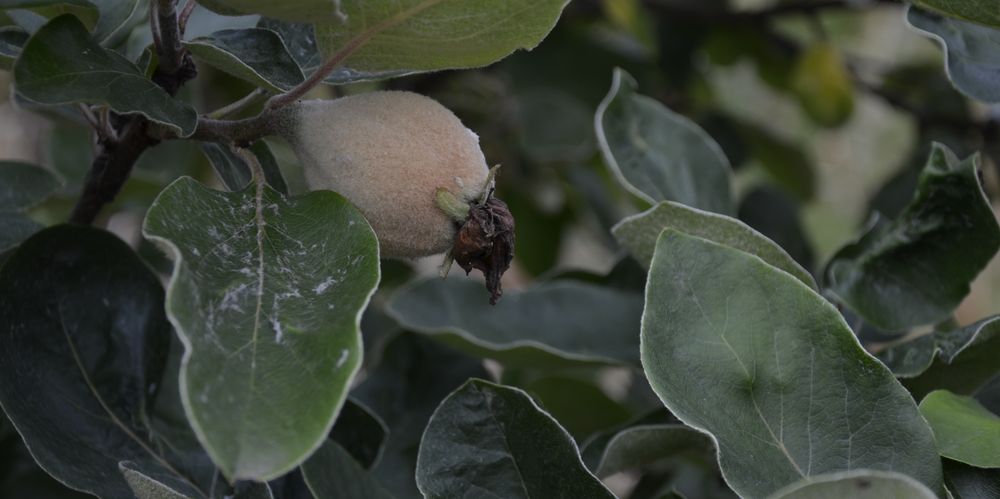
In einer Baumschule sind wir einem Bäumchen der Sorte „Serbian Gold“ begegnet. Es war so zauberhaft schön gewachsen, dass wir es mitgenommen haben – als charaktervollen, kleinen Solitär. Auch diese Quitten sind aromatisch und gut zu verwenden. Der Baum entwickelt sich zu einem ausgesprochen schönen Exemplar mit sehr leuchtender Herbstfärbung.

In diesem Jahr sind zwei Exemplare der Sorte „Vranja“ zu uns gekommen. Die Früchte sind eher birnenförmig und gut für Saft und zum Brennen für Schnaps geeignet. Die Vranja gilt als gute Befruchtersorte.
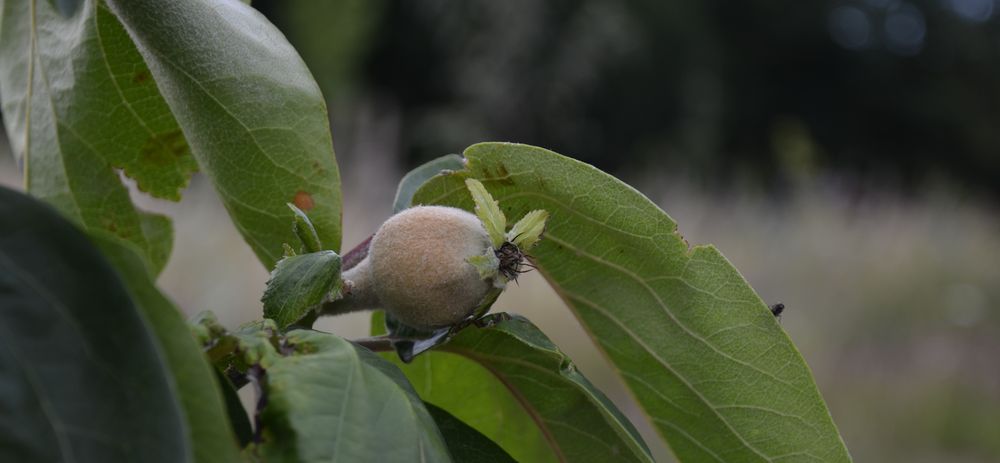
Mit ins Team gekommen ist auch ein Exemplar der Sorte „Leskovac“. Der Baum ist robust, sehr frosthart und gilt als starkwüchsig. Auch die Früchte sollen ziemlich groß werden können. Im Herbst wissen wir dann mehr: junge Früchte hat der Baum schon angesetzt.

Vom großen Klassiker „Portugieser“ haben wir kein Exemplar bei uns. Diese Sorte gilt als besonders stark duftend. In ihrer Heimat heißen sie „marmelo“ was als Ursprung für das Wort „Marmelade“ angesehen wird. (In England sieht man das freilich völlig anders. Dort ist man gewiss, das Wort „marmalade“ entstand, als eine Lady ihre neue Kreation aus Sevilla-Orangen von der Dienstmagd kosten ließ und diese in ihrem Slang entzückt ausrief „More-My-la-dy“.)
Bei manchen Quittensorte sollte man die Früchte ernten, wenn die Farbe grade ins Gelb übergeht. Erntet man die vollgelbe Frucht, neigt das Fruchtfleisch zum Braunwerden. Das typische Quittenaroma entwickelt sich auch bei den früher geernteten Früchten.

Man sagt der Quitte eine Reihe von Heilwirkungen nach zum Beispiel: abführend, entzündungshemmend, hustenstillend, hautpflegend, schlaffördernd und beruhigend. Sie wurde mitunter auch zum Färben von Garnen verwendet.
Sie gilt als Symbol für Fruchtbarkeit, Schönheit und Klugheit.
Einen Quittenbaum kann man schneiden und zu gewünschter Form und Größe erziehen. Wer es ganz platzsparend haben möchte, der wählt eine Quitte auf schwachwachsender Unterlage, es gibt sogar Buschbaumvarianten.

Unsere Quittenbäume stehen ein jeder als Solitär. Sie werden nicht als „ordentliche Obstbäume“ streng nach Lehrbuch geschnitten und erzogen. Sie wachsen langsam, dürfen sich individuell entwickeln und zu Blickfängen im Garten werden. Wo Äste aus dem Ruder laufen, vom Sturm abgebrochen werden oder aneinander reiben, da greifen wir ein, soweit das nötig wird. Sie sind im späten Frühjahr eine Nahrungsquelle für Wildbienen, Honigbienen, Hummeln, Schwebfliegen und andere Blütenbesucher. Im Herbst können wir ernten und die Früchte vielfältig verwenden: für Chutneys, Gelee und Marmelade, für Gemüsepfannen und Curry-Gerichte.
Ihre Robustheit und Flexibilität macht sie zu wertvollen Teamplayern in großen wie kleinen Gärten und dabei sind sie auch noch pflegeleicht. Sie helfen zahllosen Insekten im Frühjahr mit ihrer reichen und schönen Blüte, sind ausdrucksstarke Bäume das ganze Jahr über und im Herbst dürfen wir uns über eine mitunter ziemlich gewichtige Ernte freuen – und leuchtend goldenes Laub.
Und in Volkach gibt es sogar ein Haus der Quitte: www.haus-der-quitte.de

